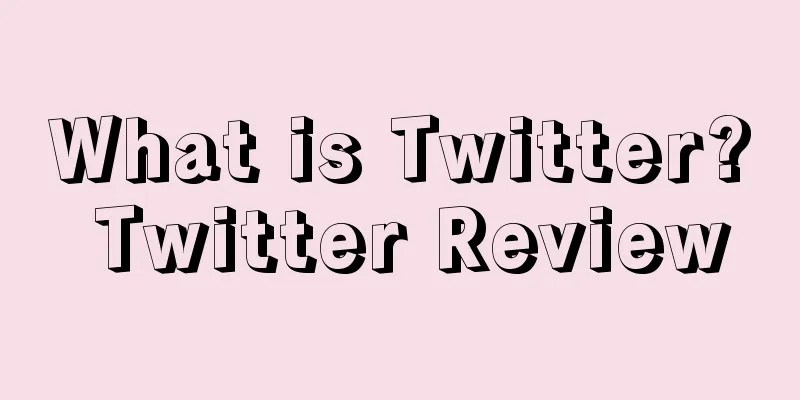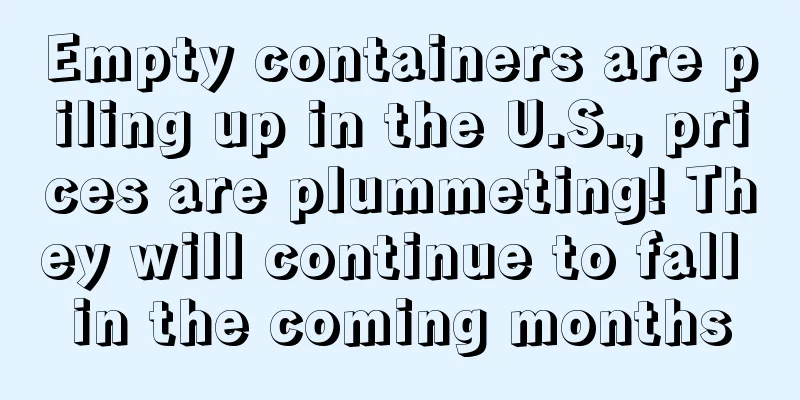U.S. holiday shopping forecast! Sellers can start planning their advertising plans

|
This year, the United States will usher in the first real "post-epidemic" holiday season. It is learned that recently, digital marketing agency NetElixir released the first 2022 holiday e-commerce sales forecast calendar. The forecast shows that e-commerce sales in the November-December holiday season will exceed 20% of the national retail sales.
NetElixir's forecast is much more optimistic than other research institutions, and its CEO is very confident about it. He said: "My forecast comes from the summary of recent online sales trends, analysis of key macro expectations that affect the e-commerce landscape, and a hunch about consumer behavior summarized from decades of business."
NetElixir’s forecast reveals the rhythm of e-commerce sales during this year’s US holiday season, which will have a significant impact on online sellers’ advertising plans.
Forecasts show that November 20, November 21, November 24, November 25, November 28, December 4, December 5, December 11, December 12 and December 18-22 will be the days with the highest year-on-year online sales growth during the holiday shopping season, with each day expected to see year-on-year growth of more than 20%.
In the above figure, the green part represents low competition intensity, with an annual growth rate of online sales >7% and less than 15%; the orange part represents medium competition intensity, with an annual growth rate of online sales >15% and less than 20%; the red part represents the highest competition intensity, with an annual growth rate of online sales >25%.
NetElixir also predicts the following key trends:
·Overall holiday online sales will increase by 7% year-on-year, with e-commerce sales likely to increase by 10% in November and 6-8% in December.
Holiday promotions are likely to start earlier this year, and high inventory levels could lead to large-scale pre-holiday sales in September and October. The growing popularity of BOPIS (pick up in store) will lead to a continued increase in the share of last-minute, pre-Christmas online sales, with high online sales expected between December 18 and 22. Third-party marketplaces and retail media will account for 58%-60% of total online holiday sales this year.
A post-Christmas “me-buys” week of sales will begin on December 26, with more consumers shopping for themselves.
The BNPL (buy now, pay later) model has been a key driver of online growth and this trend is expected to continue, especially during the holiday season.
Shipping deadlines and product availability will be key constraints this year. Editor✎ Ashley/ Disclaimer: This article is copyrighted and may not be reproduced without permission. |
>>: Target to hire 100,000 seasonal employees in preparation for 2022 peak season
Recommend
How to check the lawyers on Amazon brand blacklist? How to check the lawyers’ qualifications?
Find a lawyer's name Open the website of the ...
Master this Amazon advertising strategy and you can significantly increase your conversion rate!
Understanding and adopting a variety of advertisi...
What is Trademark Infringement? Trademark Infringement Assessment
Trademark infringement is the violation of the exc...
What is Vsuyi Supply Chain? Vsuyi Supply Chain Review
Guangdong Weisuyi Supply Chain Management Co., Ltd...
Breaking news! Amazon UK VAT explosion, a large number of sellers' funds are frozen
"After working at Amazon for a few years, I&#...
The product has a unit price of over $150, and the organic traffic accounts for 0.47%, but it is still profitable? Can the strategy of promoting advertisements without paying attention to organic positions last long?
Anonymous user My C position The situation is this...
U.S. Justice Department approves antitrust bill targeting Amazon, Google, Apple
It is learned that the U.S. Department of Justice ...
Oops! A large number of sellers' Christmas sales have been affected...
Recently, many Amazon sellers have complained abou...
Wayfair's third-quarter losses narrowed as orders grew strongly by 13.8%
It is learned that on November 1, American home fu...
Some companies suffered a huge loss of 30 million! The exchange rate returned to the 6.4 era, and sellers cried!
For cross-border sellers, now is the era of the mo...
Unilever recalls dry shampoo due to carcinogenic ingredients!
Unilever has recalled certain aerosol dry shampoos...
What is Shenzhen Mengbang Import and Export Supply Chain Co., Ltd.? Shenzhen Mengbang Import and Export Supply Chain Co., Ltd. Review
Shenzhen Mengbang Import and Export Supply Chain C...
How to quickly pass Amazon's European KYC review?
KYC is a very troublesome issue. Now when registe...
Another trademark is used as a weapon, 100,000 listings are in crisis!
Recently , Amazon sellers are in an uproar again! ...
What is Jungle Hustle? Jungle Hustle Review
Jungle Hustle is an online service website that ma...









